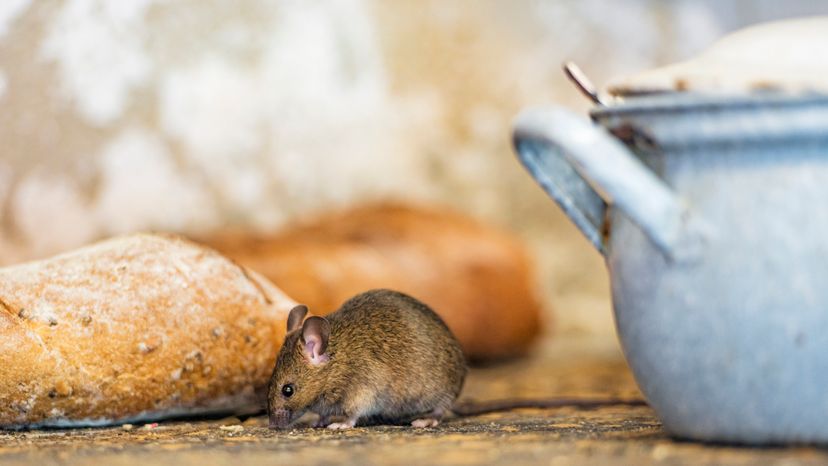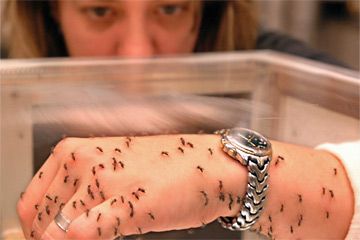Identifying Entry Points
Although we've touched on this already, it's important to emphasize how important it is to locate all possible entry points. Check around your home, both inside and out, for any openings.
Pay particular attention to utilities and pipes leading into the home, gaps under doors, around windows, in the foundation, and in the attic. Even dryer vents! Remember, any crack or hole that leads outside can be a gateway for mice.
Selecting and Cutting Steel Wool
Choose the right type of steel wool for this task. Coarse grades, like #0, #1, or #2, are more effective because they are tougher and more challenging for mice to chew through.
Once you have your steel wool, cut it into pieces that are large enough to completely fill the holes and gaps you've identified. You may need a variety of sizes depending on the irregularity and size of the openings.
Stuffing Steel Wool Into Holes
With your cut pieces of steel wool at hand, start stuffing them into the holes. Push the steel wool in firmly to make sure there are no gaps or loose areas.
Mice can pull out loosely packed materials or find their way through small openings, so compactness is key. In some cases, you might need to use a tool, like a screwdriver, to help wedge the steel wool deep into narrower or more awkward spaces.
Securing with Caulk for Added Durability
To ensure that your steel wool barrier is as effective and durable as possible, it's advisable to use caulk. Apply caulk around the edges of the steel wool, effectively sealing it in place.
This not only prevents mice from pulling out the steel wool but also protects the wool from environmental factors that might degrade it over time. For outdoor use, make sure the caulk is weatherproof.
Regular Checks and Maintenance
Over time, the steel wool barriers may shift, degrade, or be disturbed by other animals or environmental factors. Periodically inspect all the places where you have used steel wool to ensure that it is still in place and intact.
If you notice any wear or gaps, replace the steel wool and reapply caulk as needed. Regular maintenance is vital to ensure the ongoing effectiveness of this method.
Implementing Additional Deterrents
While steel wool is a great way to block physical entry points, it's also important to make your home less attractive to mice in the first place. This involves keeping your house clean and free of food scraps, storing food in airtight containers, and eliminating clutter, especially in areas like basements and attics where mice might nest.
Also, consider using natural deterrents like peppermint oil in areas where mice might enter as an additional layer of protection.

